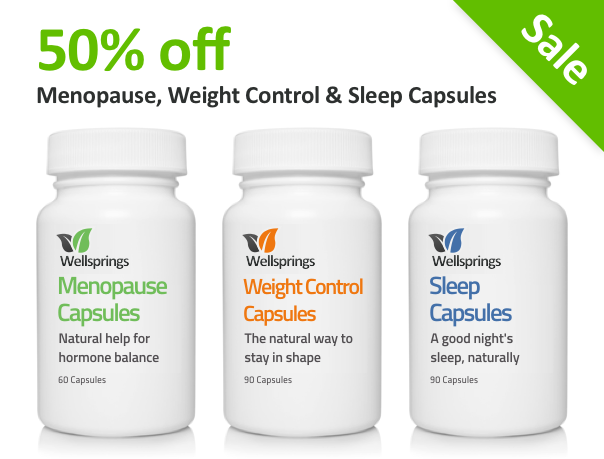More Ways To Help Menopause Symptoms
When trying to help hormone balance there are some simple steps that help ease the transition through menopause.
1. Keep track of your hot flushes
There are some common trigger to look out for such as alcohol, caffeine, stress or being in a warm environment.
Knowing your triggers means you can avoid them if possible and the best solution is hormone balance and staying calm and taking slow, deep breaths in through your nose and out through your mouth.
2. Take action to keep night sweats at bay
You know the feeling: you start to feel hot and then you are left drenched in sweat and unable to sleep. Swop your synthetic or flannelette sheets for cotton and the same for nightwear.
Put a bag of frozen peas in a ziplock bag and put it under your pillow, and flip the pillow over when it gets hot. If your sweats are extreme keep a damp flannel by the bed to wipe your face, and have a bedside fan to keep air moving.
3. Ways to help you sleep better
The key here is relaxation, and bioidentical progesterone can help you do that as many women report they feel sleepy on it. However other things that relax can include tai chi, learning to meditate and basically any exercise you enjoy. Just stop at least 3 hours before bedtime.
If you like a nightcap to relax you do avoid alcohol as that will only wake you up later. Instead, try sipping warm milk. It contains tryptophan, an essential amino acid that is converted in the brain into serotonin, a hormone that leads to relaxation and can aid sleep.
4. Master your moods
Menopause can be a real roller coaster of emotions: crying, cranky, and just plain moody are all common in women around the time of menopause. And if you had bad PMS, the hormonal changes that happen during this time may cause even bigger mood swings.
Alternative therapies such as yoga can help relax and balance you, or try a combination hormone cream with both bioidentical progesterone and oestrogen as they can definitely help those mood swings.
5. Coping with hair loss
Hair can thin or shed faster as your hormones change, and you get more just where you don’t want it such as chin and cheeks.
Low progesterone levels are associated with thinning hair and higher testosterone levels with facial hair so making sure you have good progesterone levels will help both these conditions.
6. Spot treatment
You expect to have acne in your teens but not in your 50, but sadly it is all too common around menopause as yet another sign of hormone imbalance. Make sure your moisturizer, sunscreen, cleanser, and other face products are gentle. Look for the words “oil free,” “won’t clog pores.”
Check if you have signs of oestrogen dominance and start rebalancing your hormones.
7. Beat brain fog
Forgetfulness is common both to menopause and aging but did you know it could also be related to high stress levels and low progesterone levels? Stay alert, make lists, challenge your brain in new ways by learning something new, like a hobby or language.
It seems that women with more hot flushes have more memory issues so definitely worth sorting those out too.
8. Fight fatigue
Tiredness is a common complaint at menopause and there can be a number of reasons for it. Low energy levels are associated with thyroid problems and also adrenal fatigue so do speak to your doctor to have these checked.

















